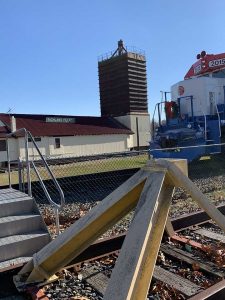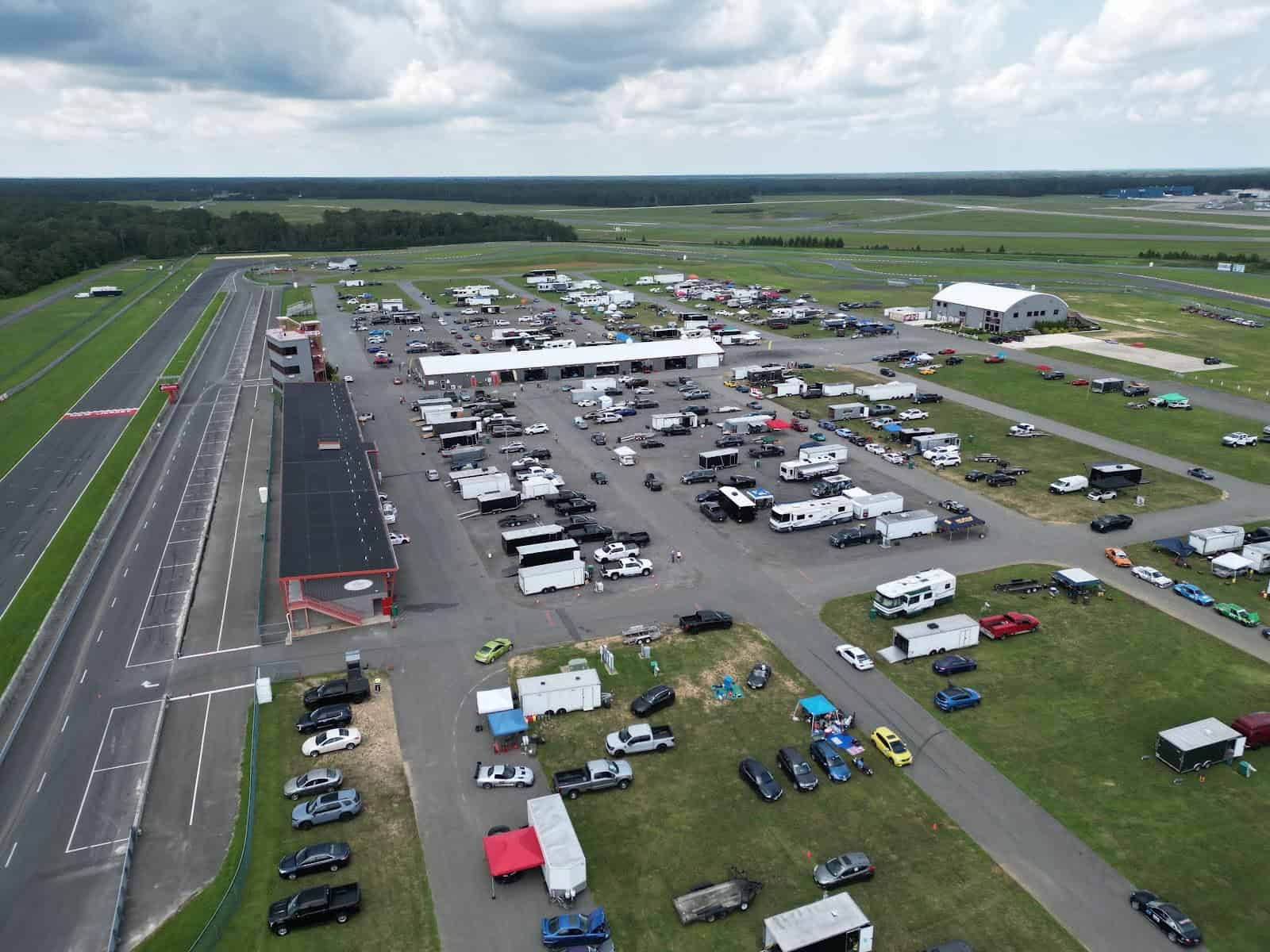Tracking History
Richland and Tuckahoe, linking opposite ends of a rail line, also connect us to regional railroad history.

 Last month, in celebration of the Christmas season, the Cape May Seashore Lines offered a Santa Express train ride, a 75-minute, 30-mile round-trip excursion from Richland to Tuckahoe. The journey was filled with festive decorations, classic holiday songs, and an appearance by Santa himself throughout a variety of lounge and traditional passenger cars. But it should be noted that this jaunt through the Pinelands is steeped in history as are the two stations that bookend the tracks.
Last month, in celebration of the Christmas season, the Cape May Seashore Lines offered a Santa Express train ride, a 75-minute, 30-mile round-trip excursion from Richland to Tuckahoe. The journey was filled with festive decorations, classic holiday songs, and an appearance by Santa himself throughout a variety of lounge and traditional passenger cars. But it should be noted that this jaunt through the Pinelands is steeped in history as are the two stations that bookend the tracks.
Richland, according to the Buena Vista Township website “is actually designated as a “Village” in the Pinelands National Reserve and is located along U.S. Route 40, also known as Harding Highway, named in honor of President Warren G. Harding in 1925 as part of the Federal Highway System.” It also reports that the community consists of “42 square miles of farms, forests, culture and history” and that the village was once served by two major railroads.
The Santa Express travels on what was the second rail line established in Richland and one that carried passengers to shore towns below Atlantic City. According to an article by Don Wentzel in a 2000 issue of South Jersey Magazine, “the first railroad to reach Richland was the West Jersey & Atlantic,” which was organized in 1879 and began construction in Newfield with the goal of connecting with the West Jersey Railroad’s tracks to Camden and a new rail line to Atlantic City.
The line opened the following year and, during the 20th century, would include stops in Newfield, Forest Grove, Minotola and Buena before reaching Richland, where it would continue its run to Atlantic City with stops in Mizpah, Mays Landing, McKee City, Pleasantville and other towns.
Wentzel notes that “the second railroad entered Richland in 1890. The Winslow & Richland and Richland & Petersburg, built by the Philadelphia & Seashore Railway Company (P&SR), offered only sporadic service, going bankrupt two years later [and] discontinuing service.” By the time it was put up for sale in February 1892, Wentzel reports in a 1993 South Jersey Magazine article, “the railroad reached Sea Isle City,” making it a more lucrative situation.
An early timetable of trains running on this line, reproduced in the pages of South Jersey Magazine, reveal that passengers traveling on a standard train from Philadelphia at 8 a.m. would arrive in Winslow Junction nearly an hour and a half later. From there, they could expect a 20-minute journey with stops at Folsom, Newtonville and Pancoast before entering Richland. The train would continue its run to Tuckahoe, with stops that included “Landis Avenue” and Estelle, before arriving in Sea Isle City by 11 a.m.
It’s interesting to note that an express train on the same run from Philadelphia would stop at only four of the 12 locations between the City of Brotherly Love and Tuckahoe: Camden, Folsom, Richland and Doughty. After Tuckahoe, only two of the six regular stops to Sea Isle City weren’t part of the express route.
When the West Jersey Railroad took advantage of P&SR’s bankruptcy and purchased the rail line, the Atlantic City Railroad, which had economically backed the P&SR endeavor, contested the sale and, Wentzel writes in 1993, “promptly severed the rail connection at Winslow Junction and refused permission to have a crossing installed thus denying the [West Jersey Railroad] access to Camden via the Camden & Atlantic Railroad.” West Jersey trains were now able to run only between Folsom and Petersburg.
The result can be seen in a reproduction of an 1892 Statement of Earnings and Expenses, reproduced in South Jersey Magazine, of the Winslow & Richland and Richland & Petersburg Railroads. The former netted a profit of $2,056.34 while the latter’s profit was $5,239.64.
By 1896, however, the West Jersey Railroad line became part of a merger with other railroads throughout the South Jersey region that created the West Jersey and Seashore line.
“In June of 1933,” the santa-express.com website explains, “the Pennsylvania Railroad and the Reading Company merged their southern New Jersey operations to form the Pennsylvania-Reading Seashore Lines (PRSL).” Passenger service to and from Richland ended on September 28, 1935. After 1976, Conrail took over the Pennsylvania-Reading Seashore Lines and “the last time that a regularly scheduled passenger train passed through Richland was on October 2, 1981.”
The absence of passenger trains in Richland, however, was temporary. According to santa-express.com, “On October 8, 2005, Cape May Seashore Lines inaugurated regularly scheduled excursion service between Richland Village and Tuckahoe Village, marking the first time that a passenger train stopped in Richland Village in 70 years.”
Today’s Richland passenger station and watchman’s shanty can be found in the same locations as the original structures of bygone years. According to santa-express.com, the first watchman’s shanty was removed in the 1930s and the passenger station in the mid-1960s.
For anyone looking for a true relic from the early era of the Richland train station, santa-express.com tells us that “the only remnant of the Pennsylvania Railroad’s line through Richland is one (of the original two) concrete bridge abutment that carried the Pennsylvania’s double track electrified line over the Reading Company’s double track line. This structure is situated a short distance north of the present Richland Village passenger station.”
The Cape May Seashore Lines, established by Tony Macrie in 1984, also offers passengers in the Tuckahoe region a round-trip excursion train to Richland, which begins its journey at the historical Tuckahoe Station.
The town of Tuckahoe, according to William McMahon’s South Jersey Towns, is “on the Cape May County side of the Tuckahoe River” and was once known as “Head of the River.” The term “Tuckahoe,” McMahon explains, is “a Lenni-Lenape name meaning “where the deer are shy.”
We’ll take a look at the Tuckahoe Station and its history when this series continues.








